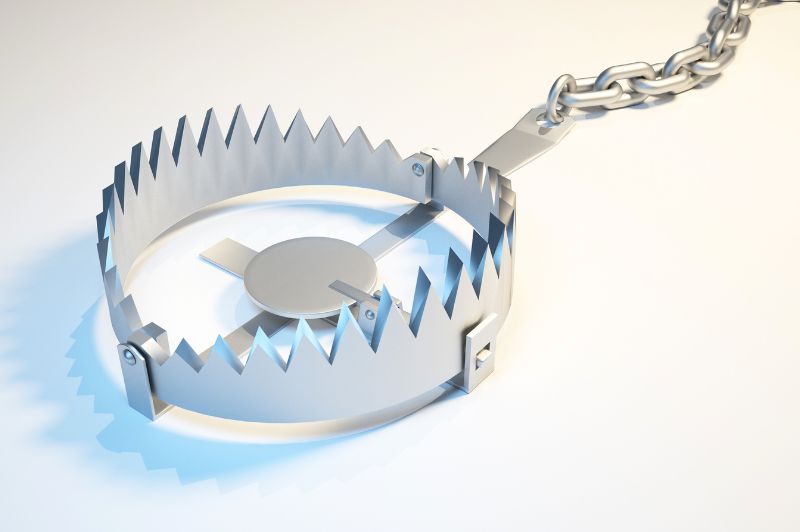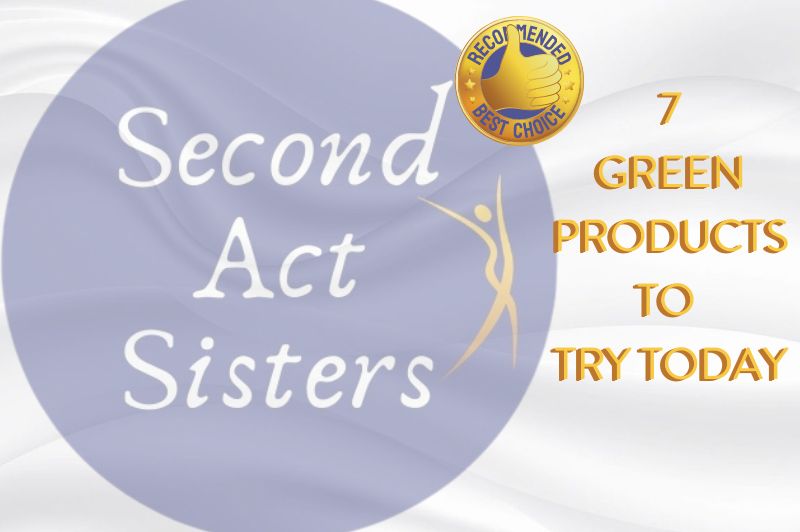Meant For More: Anne Pillsbury
Midlife Reinvention: Ditch the Confidence Trap and Play Bigger
As women, we often believe that we need to feel confident before we can take the leap toward our midlife reinvention. We have been told that we either have or don’t have confidence, but this simply isn’t true, especially when we are stepping into new directions. The reality is that we will not feel confident when we are pursuing our deeply held aspirations.
“This is ridiculous, you can’t simply will yourself to feel more confident.”
The Confidence Trap: Debunking the Myth of Confidence:
There are countless books and articles on the topic of women’s lack of confidence which shows up as self-doubt or imposter syndrome, and often keeps us from recognizing our own capabilities. We all feel profound self-doubt when we boldly create, speak up, or lead. This is even more prevalent for women in mid-life because of the biases we face and the dearth of role models we see.
We are often told that the solution to self-doubt is to be more confident. This is ridiculous, you can’t simply will yourself to feel more confident. Confidence only develops through action. Once you get into action you build competency and your confidence builds. The truth is that you don’t need more confidence to get started. Instead, you need a more conscious and skillful relationship with self-doubt.
Self-Doubt and the Inner Critic: Understanding the Problem:
Self-doubt is not your fault; your brain is the problem. You will hear a voice saying you are not ready, not qualified, too old, or too young to pivot to a career and life that lights you up. In this spiral of self-doubt, you remain paralyzed.
The cure for doubt is not increased confidence, or banishing the voice of doubt in your head, but instead learning how to live with the inner voice of self-doubt and move forward anyway.
Meeting Your Inner Critic: Recognizing and Responding to Self-Doubt:
Your inner critic is your inner voice that sounds like the truth but absolutely isn’t. This inner critic is responsible for all your negative emotions, including self-doubt. The inner critic’s extreme negative bias was helpful to the physical survival of our ancestors in the dangerous and unpredictable world of predators, enemies, and natural disasters. But now, it leads to distress and anxiety. Today, your inner critic’s reaction to life challenges, both personal and professional, is disproportionate to reality.
Understanding our critic’s intentions are positive – it is just trying to keep you safe – you have a choice in how to respond to life’s challenges, allowing you to start shifting out of survival mode and allowing you to develop a more balanced existence.
Even the most accomplished people doubt themselves. Michelle Obama has publicly shared that she still feels a sense of imposter syndrome, despite her accomplishments. But she knows that she gives others hope and that is a huge responsibility, so she keeps moving forward despite her fear because she has a strong value around responsibility.
“Midlife reinvention is not about waiting for confidence to magically appear before taking action.”
Managing Self-Doubt: Daily Practices to Quiet the Inner Critic:
Managing your self-doubt and other distorted thoughts is a daily practice that begins with the awareness that the inner critic’s critical chatter is separate from the true voice of your wise self – who I call the sage.
You can recognize your critic trying to keep you in the confidence trap because she can be cruel saying things like:
- “You are not x enough.”
- “That’s stupid.”
- “You are an idiot.”
And she can be disguised as reasonable.
- “It’s just not realistic.”
- “It’s not the right time”
- “When you have enough experience, education . . .”
There is no way to get rid of your critic. Self-doubt is an essential part of being generative. The goal is to let the inner critic run its script without taking direction from it. You can hear it, but don’t let it determine your choices.
A simple tool you can use when you recognize the voice of your critic taking over is to say, “Thank you for your feedback, but I’ve got this.” This gives your critic the recognition and validation it seeks, it lets her know that you understand she is trying to take care of you, but that your sage self has the situation covered.
Understanding And Managing Self-Doubt:
Midlife reinvention is not about waiting for confidence to magically appear before taking action. It is about understanding and managing self-doubt, which is a natural part of the process. The myth of confidence can hold us back, but when we learn to recognize and respond to our inner critic, we can take control of our lives and move forward despite our fears.
With daily practices to quiet the inner critic and a conscious and skillful relationship with self-doubt, we can play bigger and pursue our deepest aspirations, even in midlife. So, let’s ditch the confidence trap and embrace the power of self-awareness and self-compassion as we reinvent ourselves and our lives.
Did you enjoy this article? Become a Kuel Life Member today to support our Community. Sign-up for our Sunday newsletter and get your content delivered straight to your inbox.
About the Author:

Anne Pillsbury is an ICF-certified coach, serial midlife reinventor, host of Pivot On Purpose Live, and mom to four young adult and teenage kids. She helps women pivot to careers and lives of greater fulfillment, impact, and ease without second-guessing, endlessly scrolling job boards, or sacrificing their family’s financial security.
After devoting 16 years to raising her kids she relaunched a Marcom career within the face-paced tech sector starting as a 45-year-old intern. As midlife threw her challenges/opportunities (rebuilding a career, recovering from codependency, empty nesting, taking the leap to launch her own business) she learned how to free herself from expectations and overwhelm to find the clarity, confidence, and courage to go after what she wanted.























